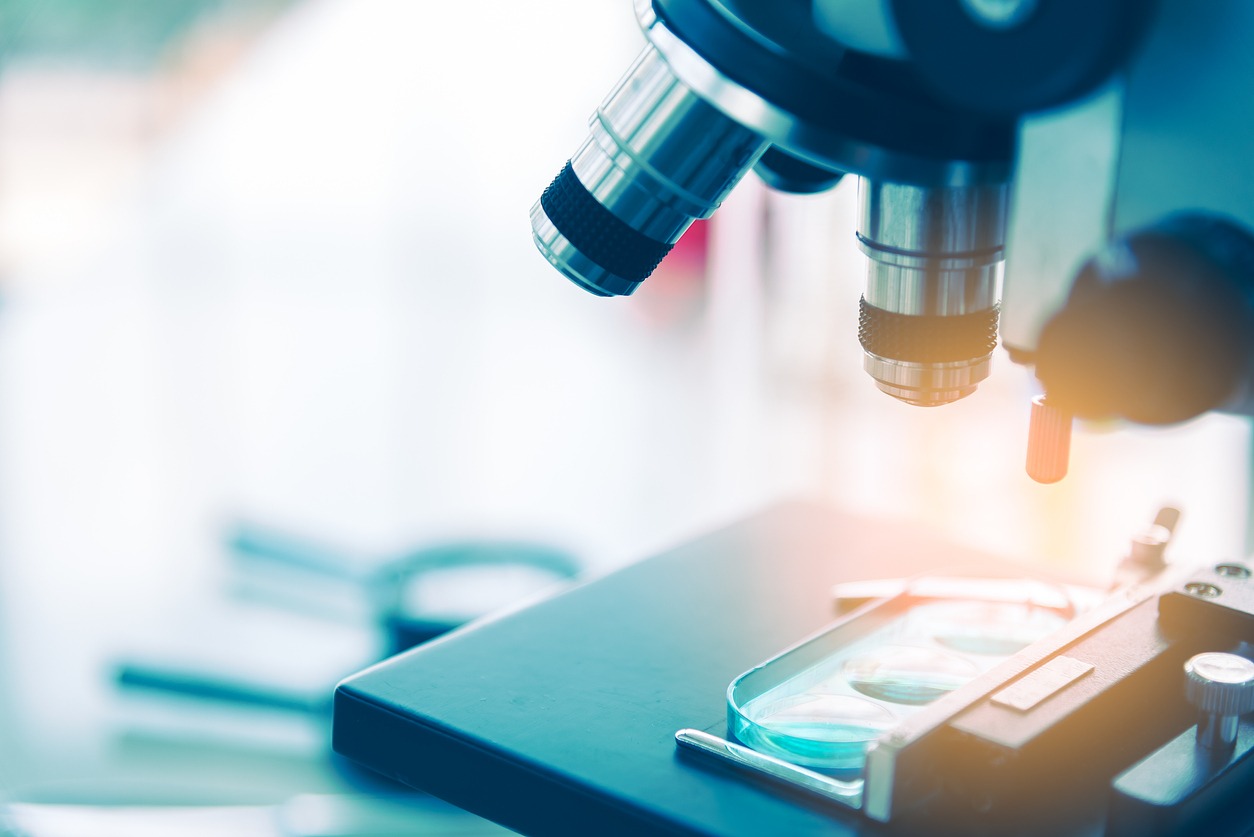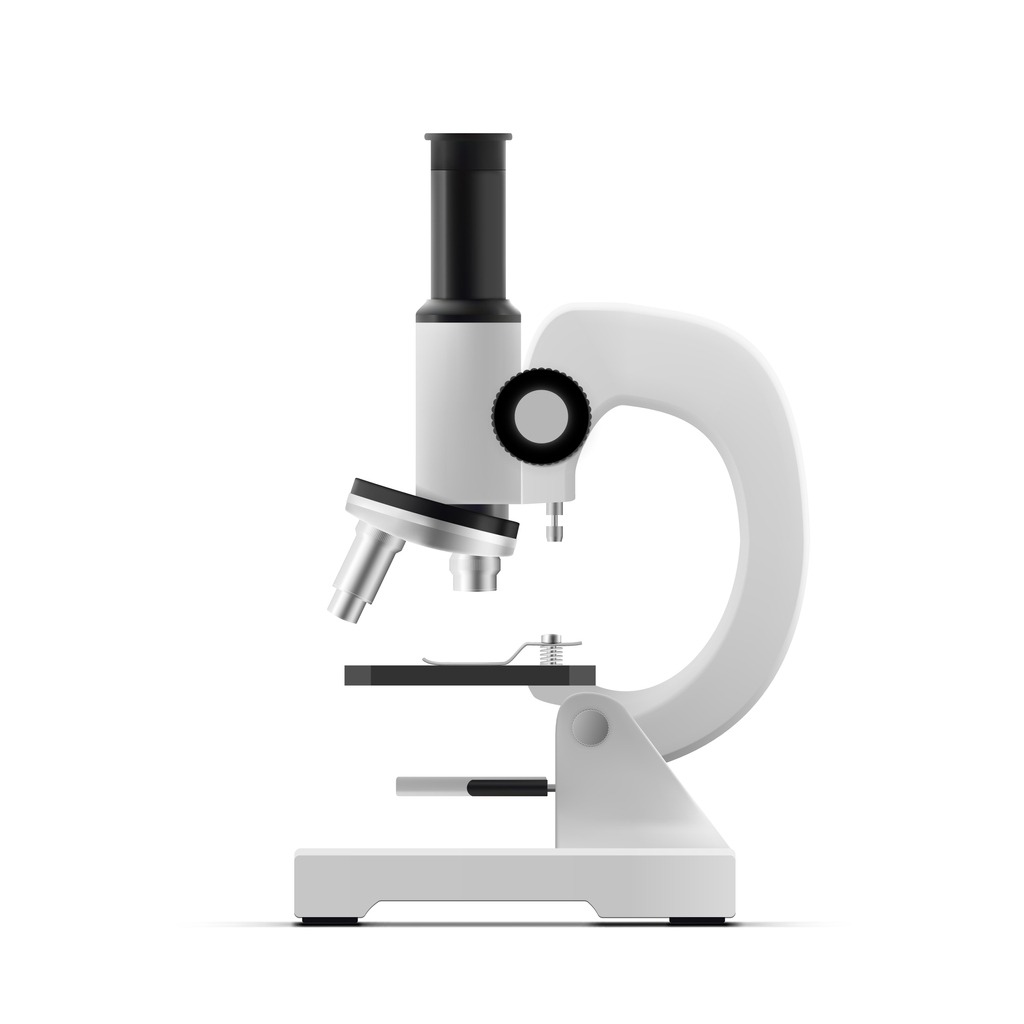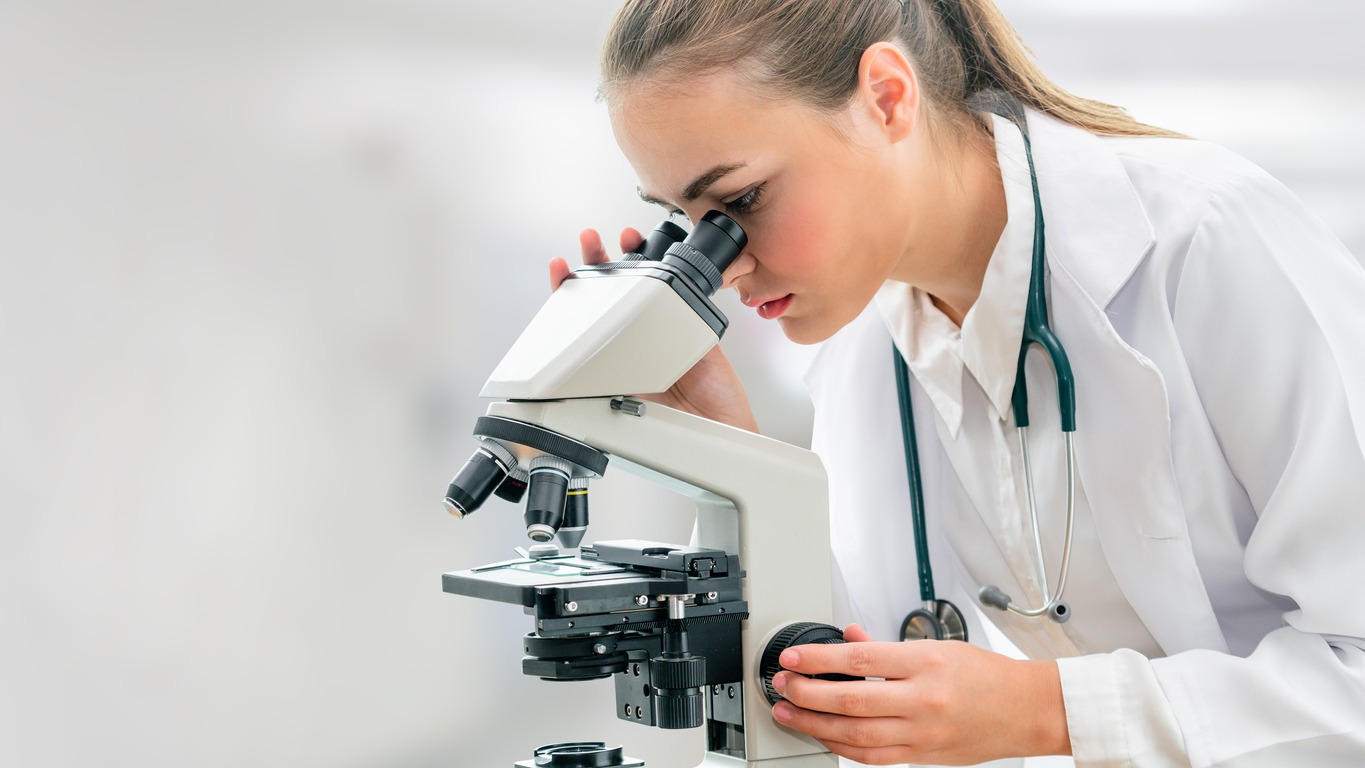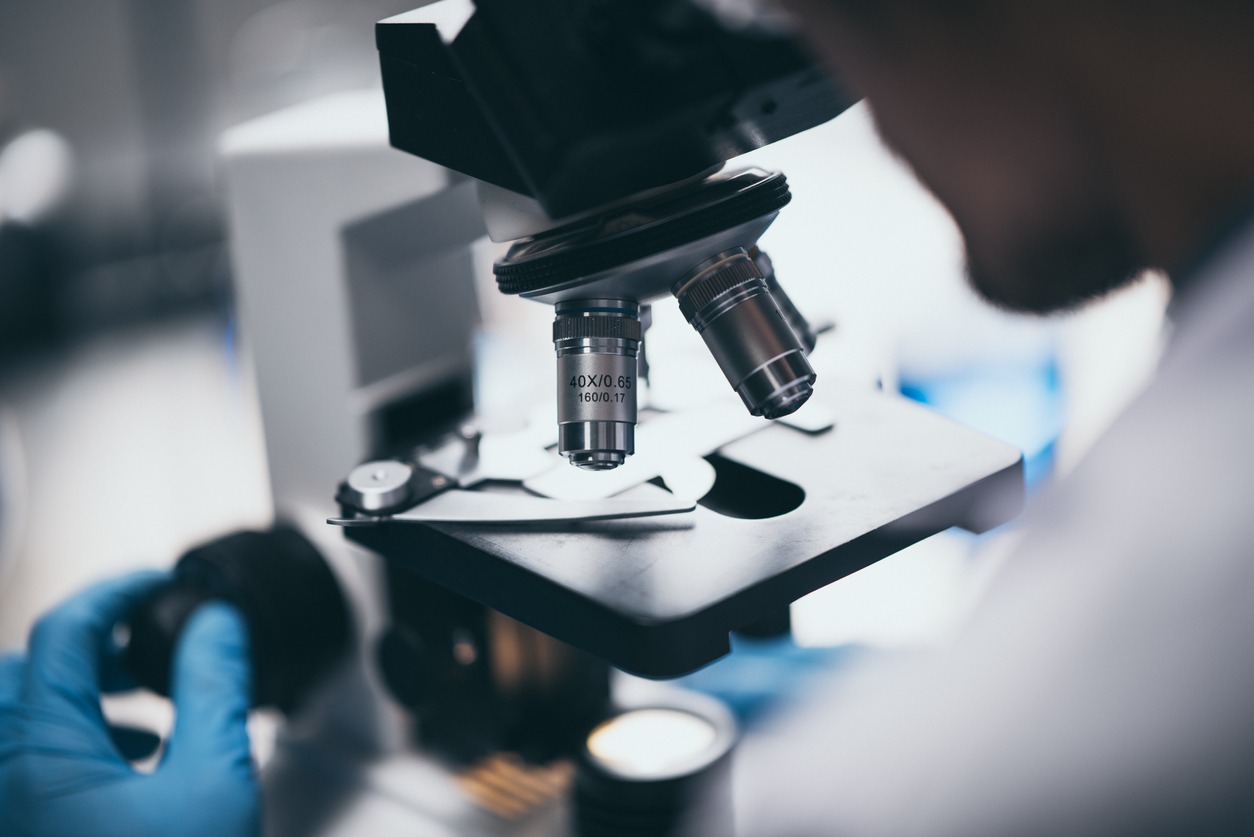Microscopes are essential scientific tools that are used in laboratories. Still, hobbyists can also use them to examine tiny organisms and objects. They are designed to magnify whatever you place underneath them to see their intricacies. The magic of microscopes is that they allow you to see things you cannot see with your naked eye. Microscopes open up a huge world of microscopic creatures as they can produce high-quality and clear images.
Although this instrument seems relatively straightforward, many complicated parts go into its construction. Suppose you want to ensure that you are purchasing a high-quality microscope. In that case, you must consider certain factors before you make your purchase. Microscopes are available in various designs, features, and operational capabilities, often making the choice difficult. However, the process can be pretty simple and straightforward if you know all the types and exactly what you need.
Microscope Anatomy
A microscope has a variety of different parts that you need to know about. These parts include the base, light source, diaphragm, and specimen stage. There is also the objective lens, which is mounted on the nosepiece, and above it is the head. The head holds the drawtube and the eyepiece in place, and this is where you observe the specimen from.
The Light Source
In microscopes, the light source is usually an incandescent bulb or an LED. Microscopes usually come with rheostats that are used to control the brightness. If you think the specimen will block the light, you can use an external light from above to illuminate the surface.
The Specimen Stage
The specimen stage is where the subject is placed for observation. Depending on the size of your microscope, the tray size will vary. When choosing a microscope, aim to get one with a larger stage, as it can hold larger specimens.
The Aperture Diaphragm
This is a hole in the center of the stage that may have adjustment mechanisms that allow you to control the amount of light that surrounds the specimen.
The Objective Lens and the Nosepiece
This is where the microscope starts its magnification process. There are several different objective lenses on microscopes that offer different magnifications. For example, you can purchase a lens magnifying 10x, 40x, and even 100x. These lenses are mounted onto nose pieces that rotate to allow you to transition from one lens to the other.
The Head and the Drawtube
Depending on the kind of microscope you purchase, there are a few different configurations of the head that holds the eyepiece. The eyepiece of your microscope is attached to the head by means of the drawtube. It is often set at an angle to the head, which allows you to view the specimen more comfortably.
The Eyepiece
The eyepiece is the part you look through to observe your specimen. The eyepiece can be permanently mounted or removable. Additionally, it may have fixed or zoom magnification. If your microscope has a removable eyepiece, you will be able to switch out different magnifications to tailor the total magnifications.
Types of Microscopes
Various microscopes are available on the market, and each serves a different purpose. Depending on that purpose, they have specialized features, functions, and operational capabilities. Here are the different kinds of microscopes you can purchase.
| Type of Microscope | Description |
| Simple Microscope | These microscopes have a single convex lens that has a small focal length. Its name comes from its singular lens and is commonly used in schools to perform experiments. |
| Compound Microscopes | These microscopes combine the objective lens, eyepiece, and lenses together, which allows you to observe small specimens. They are commonly used in forensic labs. |
| Electron Microscope | Electron microscopes use a beam of electrons as a light source, which allows it to magnify the specimen. This means you can look at it in nanometers. |
| Stereo Microscopes | Stereo microscopes provide a 3D view of a specimen or sample and come with a separate objective lens and eyepiece. These microscopes are mainly used for large samples and are used in microsurgeries and examining historical artifacts. |
Factors To Consider
Since there are a variety of different microscopes available on the market, it can be a little challenging to choose the kind that fits your needs. If you think of certain factors like the type and magnification, you can effectively narrow them down. You should also consider whether this microscope is for kids or for adults as it will help you make the right decision. Here are some factors that you should consider before you make your purchase.
Compound or Stereo Microscope
Two microscopes are most commonly used when purchasing a microscope as a hobbyist. They are compound and stereo microscopes. Compound microscopes are constructed to hold 3 to 5 objective lenses that can be used to magnify objects from anywhere between 40x to 400x. You can even find lenses that have 1600x magnification. The downside to these microscopes is that preparing a sample takes a long time.
The other microscope, the stereo microscope, has a comparatively lower magnification and can be used to study larger samples. The advantage is that it requires next to no specimen setup and is easy to use, which is why most people prefer it. When choosing a microscope, you need to decide whether your microscope needs that extra magnification or if you can work with lower magnification.
The Type of Light Source
Many types of lights are attached to microscopes to illuminate the specimen so you can see them better. There are four light sources that are most commonly used.
| Type of Light | Features |
| LED | This light is bright and cool, meaning it has no heat. You can also adjust the intensity using a variable rheostat or dimmer that comes with the microscope. |
| Halogen | This light is strong and white. It has a tendency to heat up, and microscopes with Halogen light also come with a dimmer or variable rheostat to adjust the intensity. |
| Tungsten | Tungsten light provides basic illuminations and is found in entry-level microscopes. The light is warm white and tends to heat up quickly. |
| Fluorescent | Fluorescent light produces a white light that has less heat. |
Magnification
A microscope’s magnification usually depends on two factors, the objective lens and the eyepiece of the microscope. To obtain the total magnification power of a microscope you are about to buy, you should multiply the two values. Usually, compound microscopes come with four objective lenses. These include 4x, 10x, 40x and 100x. Some even come with five. A microscope with a higher magnification power will allow you to see finer details.
When choosing a microscope, it is essential that you consider the level of magnification you require. If you plan to examine small specimens, you should ideally purchase one with a high magnification level. Otherwise, regular ones will work too.
Quality
The quality of your microscope is an essential factor you should consider when purchasing a microscope. You should check all the parts, including the lenses, illumination, and light source, to ensure they are connected sturdily.
Since there are a variety of microscopes available on the market, you can find ones that are cheap and made of plastic to ones that are sturdy and made using metal. The latter are often durable and made to last you for a long time. You must avoid purchasing cheap microscopes as they are likely to break easily. You should also always purchase from a verified vendor.
It is important to note that the quality of the lenses and optics in the microscope will affect the clarity and sharpness of the image. Look for a microscope with high-quality optics.
Portability
When purchasing a microscope, you should decide whether you want one that is portable or not. If you plan on keeping your microscope in one place, the weight and size of it will not be much of an issue. However, if you plan to move the microscope around and use it in different settings, you may want to invest in one that is lightweight and compact. Additionally, if you want a portable microscope, it should be powered by rechargeable batteries. Otherwise, you may have a hard time using it outdoors as a power source may be hard to find.
FAQs
How do you ensure the longevity of your microscope?
If you want to use your microscope for a long time, you must take care of it, as misusing it can cause it to malfunction and break earlier. Professionals suggest that you should only use lens paper to clean the lenses. Otherwise, you may scratch it. You should also always keep your microscope covered when you are not using it and always carry it with both hands when transporting it.
What is the most essential quality of a good microscope?
The most essential quality that you should look for in a microscope is the objective lens. The better the lens, the sharper the image will be, allowing you to get a clearer look at your specimen,
What magnification do you need in order to see cells?
If you want to use your microscope to see cells, you should purchase one with a minimum magnification of 400x, as it lets you get a clear look at a cell’s structure.
Conclusion
Microscopes are essential laboratory instruments but are often purchased by hobbyists as they allow you to see microscopic items. Using microscopes, you can get a closer look at certain items, so it is crucial that you buy the right kind of microscope. Due to the various kinds available on the market, it is essential that you consider certain factors. These include the type of microscope, its magnification, portability, quality, and light source. This will help you purchase a microscope that best fits your needs.



